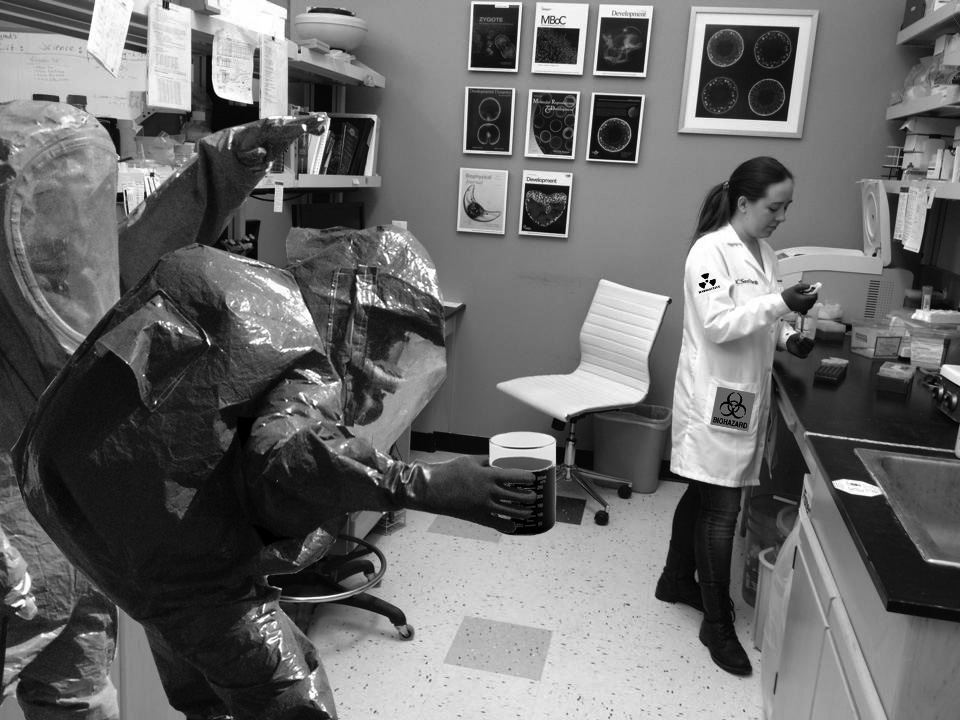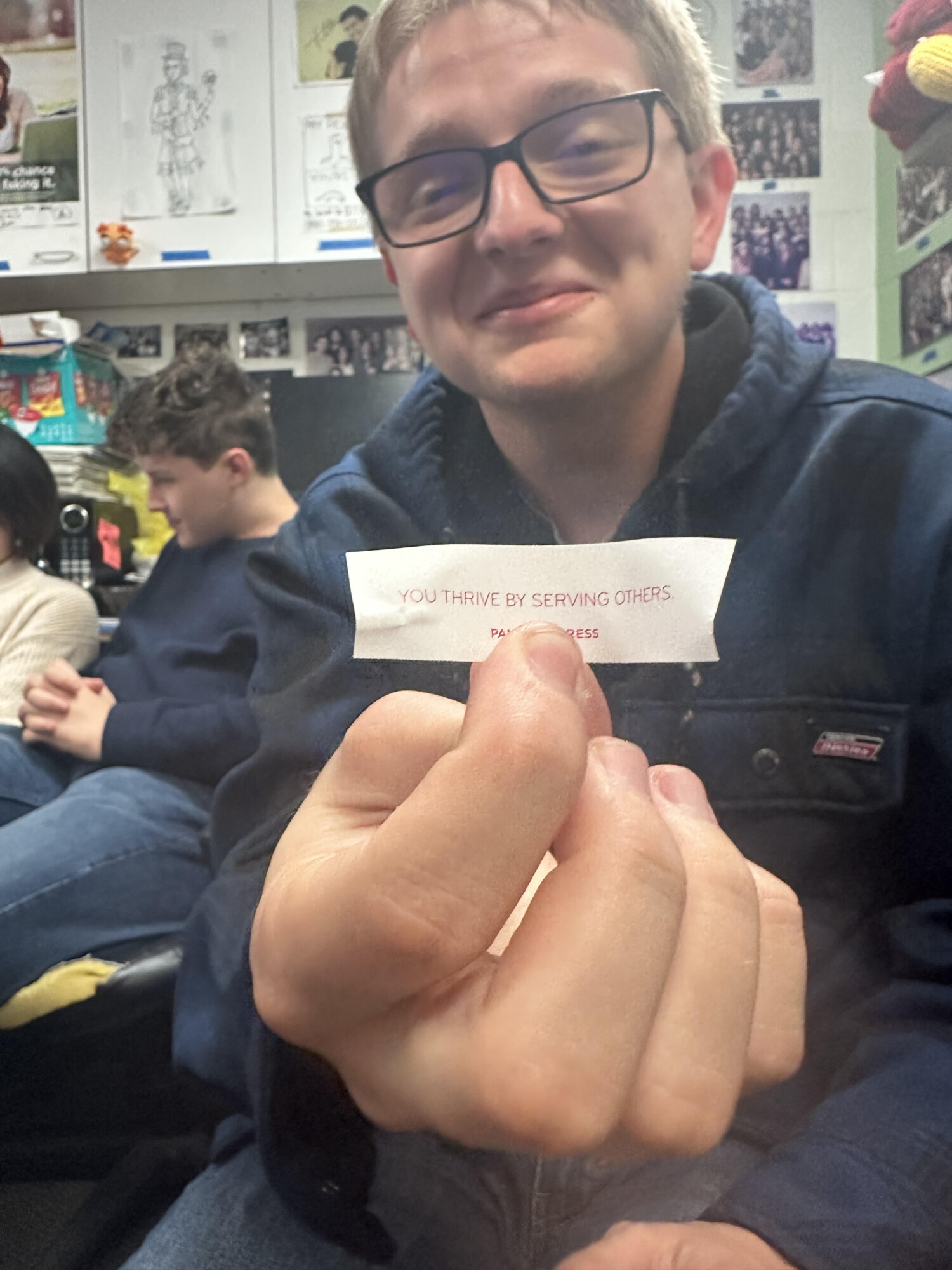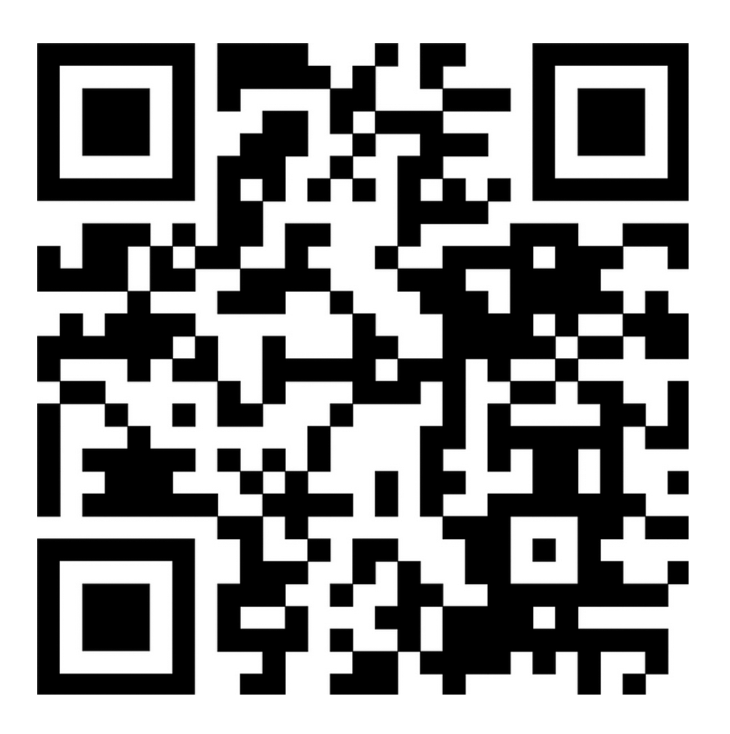
Photo by: Jen Windor
A new line of women’s lab coats equipped with mandatory hazard labels has been issued, free of charge, to all scientific research institutions across the nation in an attempt to make working with women in a research setting easier and safer than ever before. The new labels are expected to increase awareness of the unique challenges facing researchers working with women, and allow for an environment where these personnel can be safely implemented into labs across the country, with the right precautions taken.
The hazard labels were carefully designed by a national Environmental Health and Safety committee to include all the information necessary for proper handling. Allowing for a large amount of personalization, each label contains ratings for the woman’s emotional volatility, and notation of any abnormal or oversized features that could be distracting to researchers, as well as a menstruation cycle chart so researchers can know when to beware setting off a violent reaction.
“The key to dealing with these adverse types of women is awareness,” explained committee member Bob Curie. “Just because women come with unique challenges in a lab setting doesn’t mean that researchers shouldn’t be able to work with them. We hope these hazard labels will prepare scientists to work with them in a beneficial way that doesn’t put their health or careers at risk.”
Initial feedback on the new lab coats indicates that they are extremely effective, and beneficial in a variety of lab settings. Jim Elion, lab assistant in Berkeley’s chemical engineering department, explained, “I have dealt with a large variety of women while conducting my research, and these new hazard labels make it significantly easier for me to perform experiments fully prepared for any obstacles I might encounter in the lab. It is very comforting to know the relative risk of a female counterpart having an emotional breakdown at any moment. I have started taking extra precautions to ensure that stray tears or unexpected bouts of rage do not impede any sensitive experiments I am conducting.”
Another advocate for the labels, geneticist Richard Franklin, praised them for allowing him to focus on his research like never before:
“When dealing with precise or complex experiments, any distraction can prove to be detrimental. These hazard label-equipped lab coats enable me to prevent unnecessary distractions by serving as a warning of when a woman of a certain physique could catch me off guard. Now, from simply glancing at the large hazard symbol on a woman’s coat when she walks in, I can know instantly whether I need to duck my head down, or yell at her to leave the room before I accidentally look at her legs.”
Despite minor criticisms, Environmental Health and Safety Members have reported that the results of the labels are overall positive, and hope to improve them even further. Curie reported the committee was currently working to add labeling that would help researchers make decisions about which women to bring into their labs as well, providing them with invaluable information when hiring.
“Ideally,” Curie stated, “these labels would contain information useful from a consumer-standpoint as well. Next month, we are planning on releasing new labels that include individual fertility scores, to allow researchers to determine the likelihood that the women they take on will disrupt or delay lab activities by requesting maternity leave.”
Hannah Rosenblatt is an MQ alum. She was the 2017-18 Editor-in-Chief.











